Japan’s railway system is renowned as one of the most efficient in the world. However, for first-time users, navigating ticket purchases and train transfers can feel a bit complex. This guide provides essential knowledge to help visitors from abroad ride Japan’s trains with ease.
*Some purchases or reservations made through links in this article may generate a small commission for FUN! JAPAN.
Types of Trains in Japan: From Shinkansen to Local Lines

Japanese trains vary widely in terms of speed, stops, and facilities. Here’s a breakdown of the different train types.
Types of Trains
Shinkansen (Bullet Train)
Shinkansen is Japan's high-speed rail, ideal for long-distance travel, reaching speeds of up to 320 km/h. These trains connect major cities across the country in record time, with routes like the Tokaido Shinkansen (Tokyo to Shin-Osaka) and the Tohoku Shinkansen (Tokyo to Shin-Aomori).
Shinkansen trains are known for spacious seating and a comfortable ride, equipped with Wi-Fi and other amenities. Passengers can book reserved seats in the Green Car or enjoy even more luxury in "Gran Class" on select JR East routes.
🚅 Book Shinkansen tickets with NAVITIME Travel! 👉 Click here
Limited Express (Tokkyu)
"Tokkyu" stands for "Special Express" and is primarily used for intercity travel, stopping only at select major stations along long-distance routes. Limited Express trains typically require seat reservations, and it is recommended to purchase reserved seats in advance. Some Limited Express trains offer non-reserved seats, but during tourist seasons or peak times, seats may be hard to secure.
Express
Express trains fall between Limited Express and Local Trains, balancing speed with a moderate number of stops. They make more stops than Limited Express trains and are a convenient option for reaching local areas. Some routes may require an express ticket, though these are generally cheaper than Limited Express fares.
Semi-Express
Semi-Express trains make more frequent stops than Express trains, often servicing urban or suburban areas. They are convenient for commuting and short trips between urban centers and nearby areas.
Local Train
Local Trains stop at every station along their route and are mainly used for local and short-distance travel. As the most common and affordable type of transportation, Local Trains offer a flexible boarding and alighting option, with ticket prices based on distance traveled. No seat reservations are available.
| Types of trains | velocity | Stops | Seating Option | Fare Level |
| Shinkansen | Fastest | Major Only | Reserved & Free | High |
| Limited Express | High Speed | Major Only | Reserved & Free | High |
| Express | Medium | Some | Reserved & Free | Medium |
| Semi-Express | Medium | Many | Free | Medium |
| Local Train | Slow | All | Free | Low |
Types of Rail Operators

JR
JR stands for "Japan Railways," the former Japan National Railways, which was privatized in 1987. JR operates in different regions under companies such as JR East and JR West, each covering various areas across Japan. They also offer wide-area rail passes like the JR EAST PASS, allowing for extensive travel across multiple regions.
Subway
Subways are ideal for getting around urban areas, often connecting seamlessly with above-ground railways. In Tokyo, Tokyo Metro handles most subway lines, while in Osaka, it's Osaka Metro. Each major city has its own subway network, offering convenient travel within metropolitan areas.
Private Railways
Private railways operate in specific regions, each with unique characteristics depending on the route. In Kanto, Odakyu and Keio lines are prominent, while in Kansai, Hankyu and Hanshin Electric Railway are widely used.
Difference Between Regular Tickets and Limited Express Tickets
Regular Ticket
A regular ticket is required to board a train for the designated section of travel.
Single Ticket: A one-time ticket that allows travel on a specific route.
- Commuter Pass: A pass that allows unlimited travel within a set period and route.
Limited Express Ticket
To board a Limited Express train, you need both a regular ticket and a Limited Express ticket.
Reserved Seat Ticket: Ensures a specific seat, allowing for a comfortable, assured journey with advance booking.
- Non-Reserved Seat Ticket: No specific seat assignment, so you can choose any available seat. However, seats may be unavailable during busy periods.
🚅 Book Shinkansen tickets with NAVITIME Travel! 👉 Click here
How to Purchase Limited Express Tickets

Ticket Machines: Located near ticket gates, where you can buy tickets using cash or a credit card. You can also charge or check the balance of IC cards at these machines.
- Ticket Counters: Purchase directly from station staff, especially useful for complex routes or Limited Express and reserved seat tickets when you need detailed guidance.
- Apps: Use dedicated smartphone apps to buy mobile tickets in advance, saving time at the station. No need for a physical ticket—simply board the train.
How to Board a Train at Japanese Stations
Steps for Passing Through the Ticket Gate
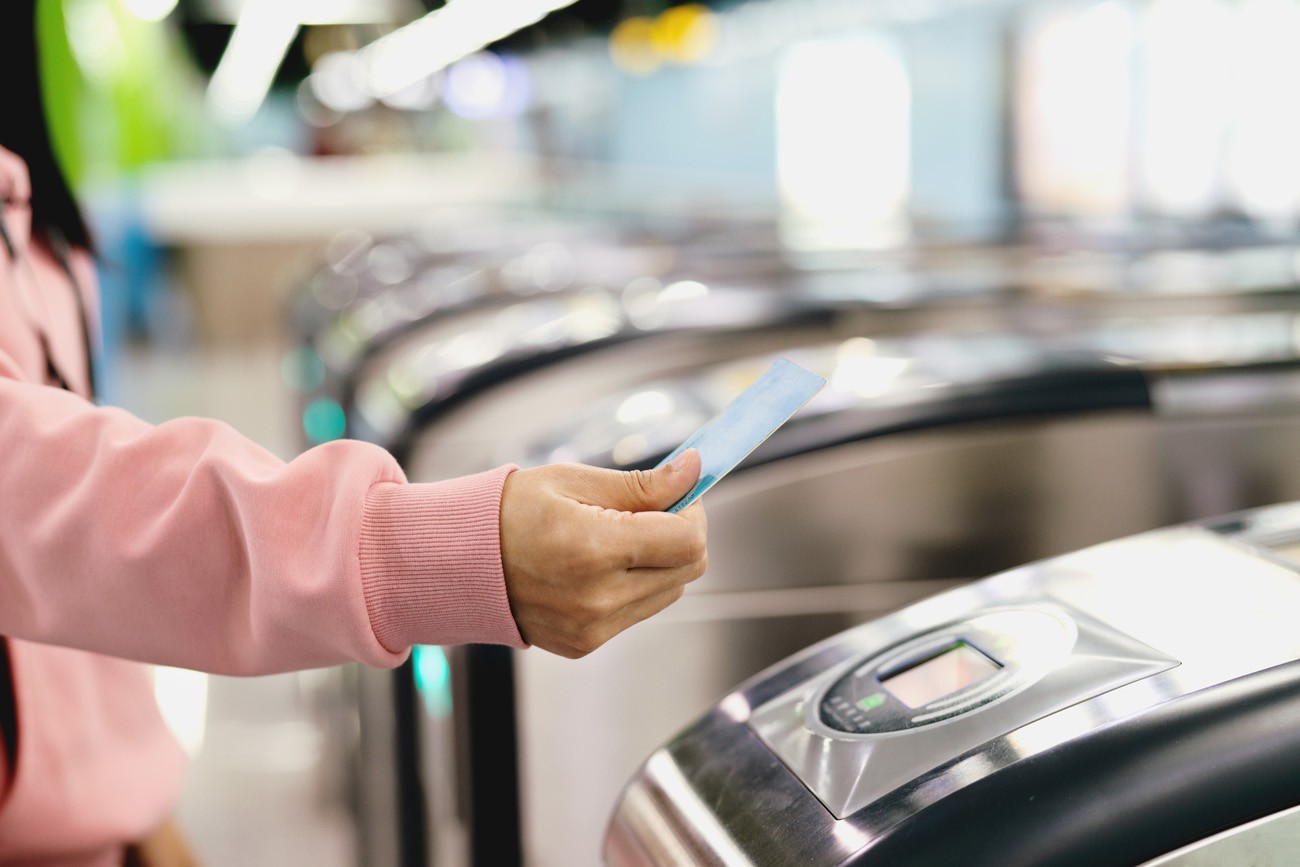
1. Use Your Ticket or IC Card: Insert a paper ticket into the slot at the gate or simply tap your IC card on the designated reader.
2. Pass Through the Gate: Listen for the confirmation sound and check the gate display as you pass through. If there’s an error, ask the station staff for assistance.
3. Retrieve Your Ticket: If using a paper ticket, retrieve it from the gate and hold on to it until you exit. With an IC card, there’s no need to retrieve anything.
4. Exit Using the Same Ticket: When leaving, insert your ticket into the gate again or tap your IC card to complete your journey and pass through.
Tips for Riding the Shinkansen
For Shinkansen travel, both a regular ticket and a Limited Express ticket are required. Present or insert both at the gate to board.
If using both a paper ticket and an IC card, such as when transferring from local trains to the Shinkansen, you may need to tap the IC card first and then insert the paper ticket.
Train Etiquette and Manners in Japan
Guidelines for Waiting and Boarding/Disembarking Trains on the Platform
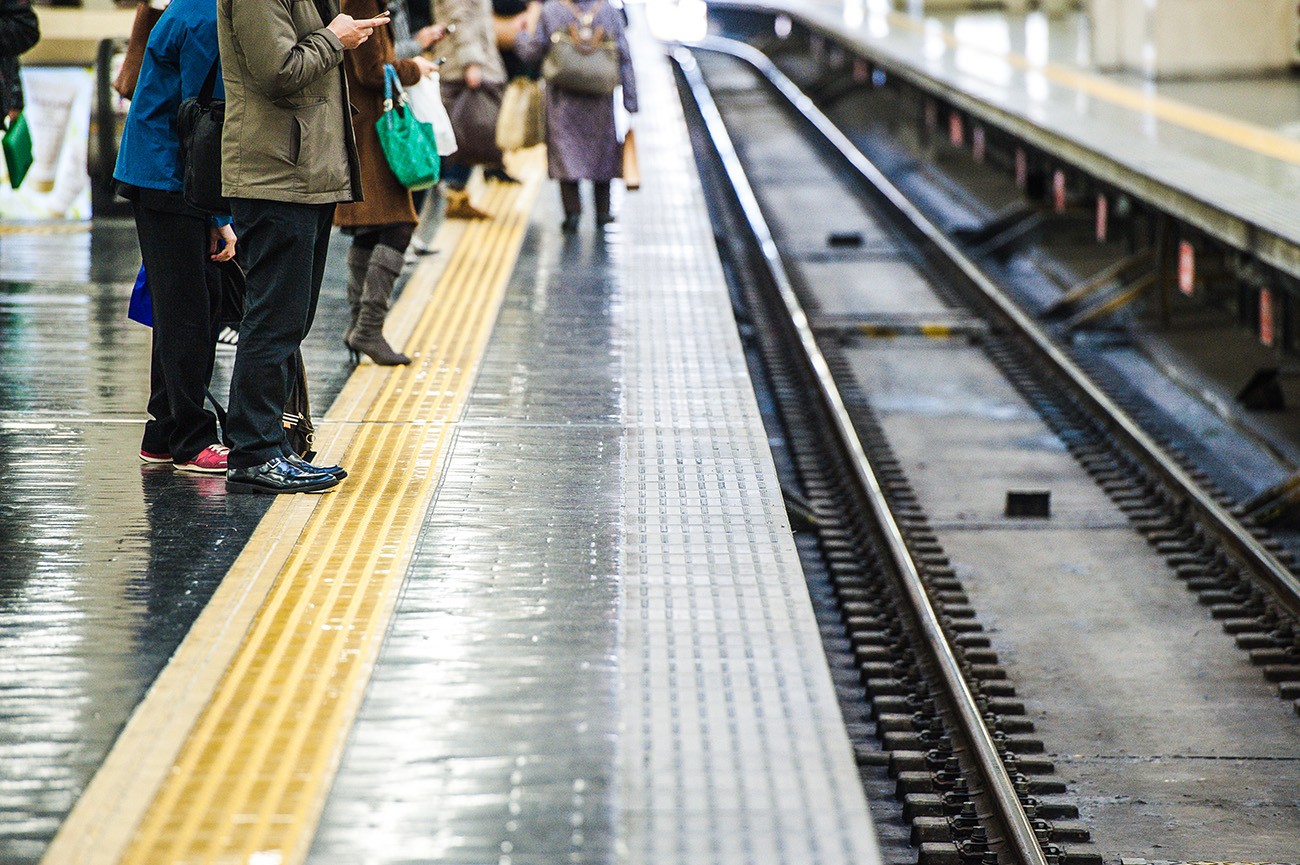
Waiting on the Platform
Wait inside the yellow safety line on the platform. Step back slightly when the train approaches to ensure safe boarding for everyone, and avoid blocking the doors.
Onboard Manners
Store large bags in the luggage area or at your feet to avoid blocking the aisle. Set your mobile phone to silent mode, and refrain from making calls. Small snacks, gum, and bottled drinks are acceptable, but avoid foods with strong smells or loud noises. Eating on Shinkansen trains is common, so enjoying a bento meal onboard is perfectly acceptable.
Priority Seating
Priority seats are reserved for elderly passengers, pregnant women, and those with disabilities. Be mindful of others and offer these seats if needed.
Getting Off the Train
Move toward the door as your stop approaches for a smooth exit. Take your time when disembarking, and be careful not to bump into others.
- For additional tips on train manners, 👉 read this article.
Smooth Train Travel: Recommended Apps and Handling Common Issues
Top Apps for Easy Travel
1. Google Maps
Well-known worldwide, Google Maps offers accurate maps and real-time traffic data for Japan as well. Routes are available for walking, biking, driving, and public transportation.
2. NAVITIME
Covers Japan’s extensive rail, bus, and subway networks. It provides detailed schedules, fare information, route searches, and even information about nearby attractions. It supports multiple languages.
🚅Book your Shinkansen tickets with NAVITIME Travel! 👉 Click here
😄Get NAVITIME eSIM for a more comfortable journey in Japan! 👉 Click here
3. Japan Transit Planner
This app was designed with international tourists in mind and supports train and bus searches, transfers, and fare information. It’s available in multiple languages, including English, Chinese, and Korean.
4. Ekispert
The mobile version of a popular desktop route search tool, offering detailed route searches, fare comparisons, and schedule information. It supports English, Chinese, Korean, and Thai.
How to Handle Common Issues at Stations or Onboard
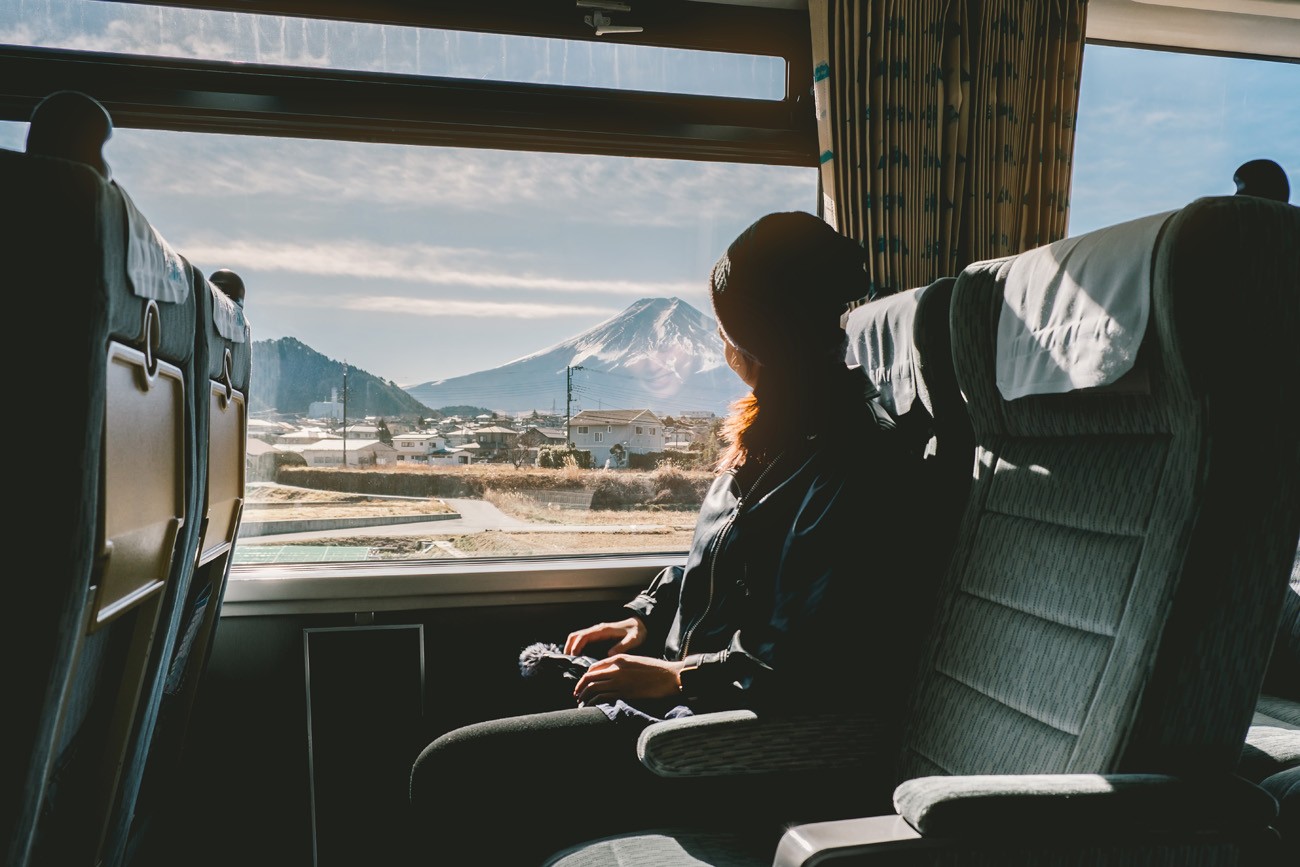
Missed Train:
If you miss a train, simply wait for the next one. For Limited Express or reserved tickets, visit the ticket counter to explain your situation for a refund or rebooking. Some Limited Express tickets are non-transferrable, so check with staff for confirmation.
Delays or Cancellations:
In case of delays, check the displays or listen for announcements at the station. Many rail companies offer refunds or alternate transport options. Delay certificates are often available at station counters or online if needed for your schedule.
lost Items:
If you realize you've lost something, inquire at the nearest station. The staff will assist you in locating the item. For valuable items, filing a police report is also an option.
🚅Book your Shinkansen tickets with NAVITIME Travel! 👉 Click here
😄Get NAVITIME eSIM for a more comfortable journey in Japan! 👉 Click here

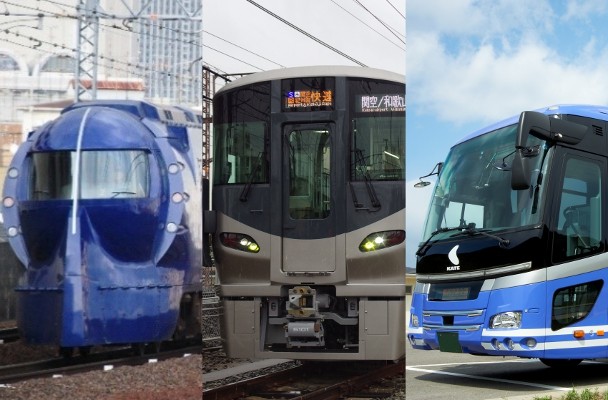
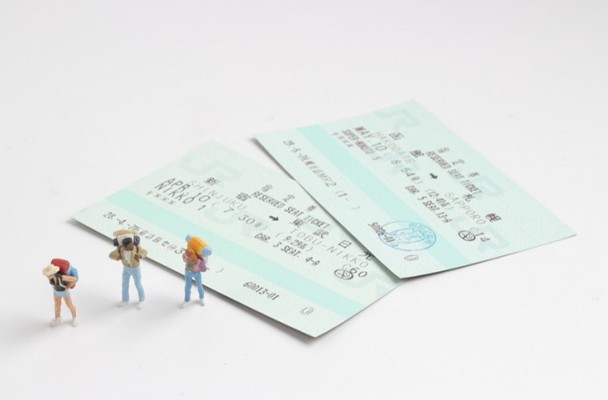
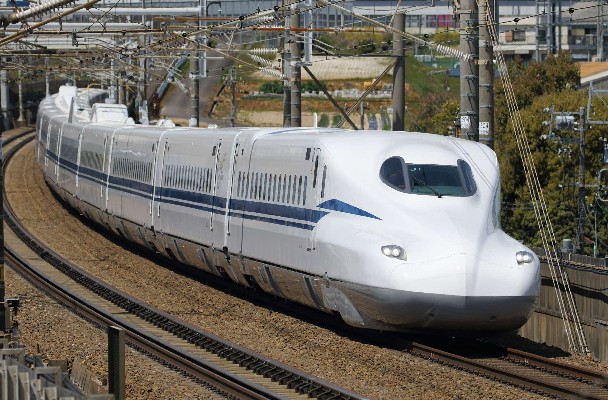
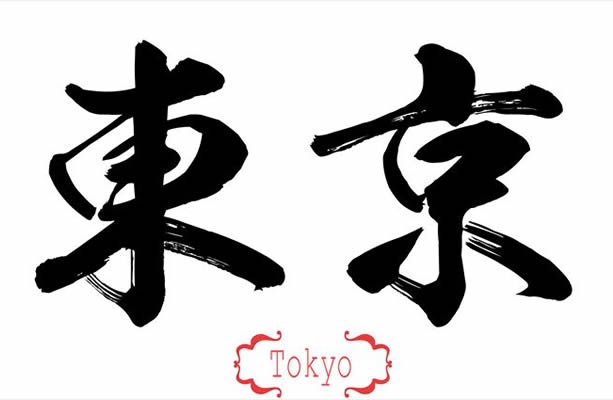
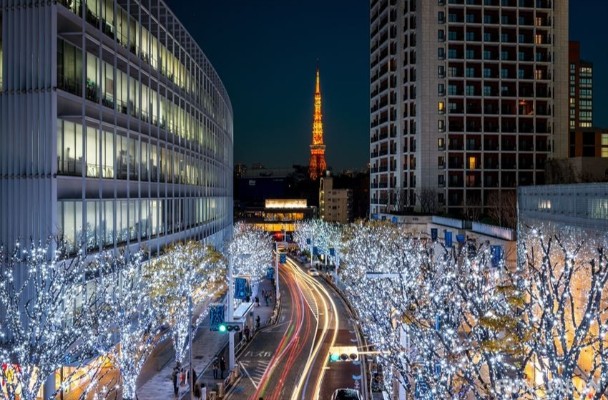
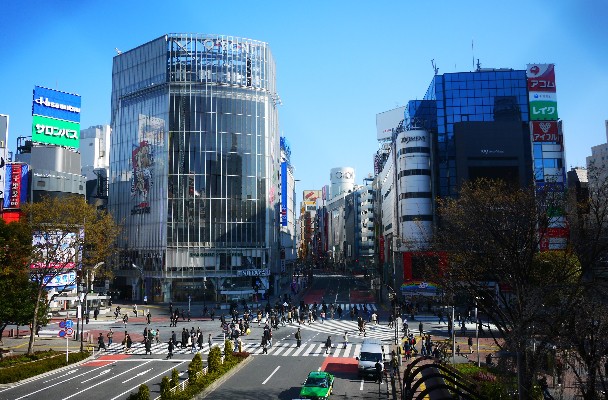
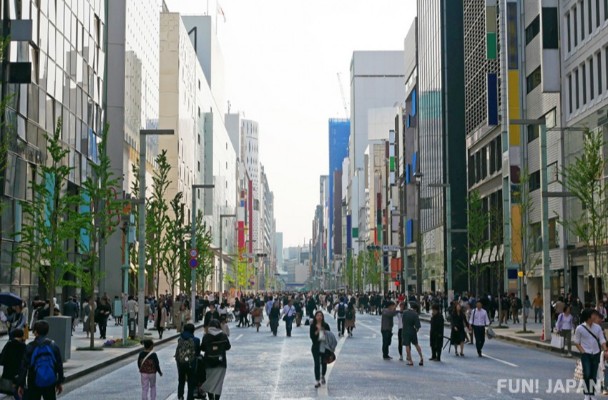



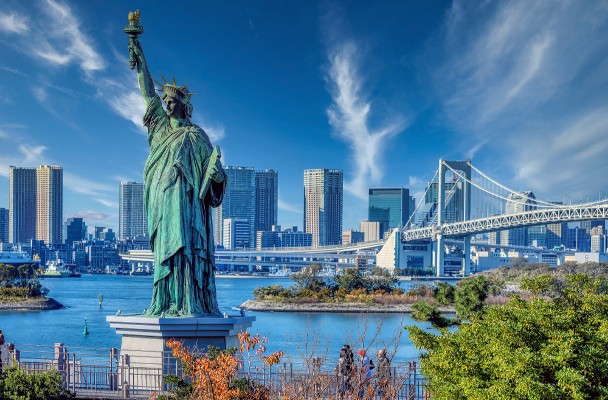
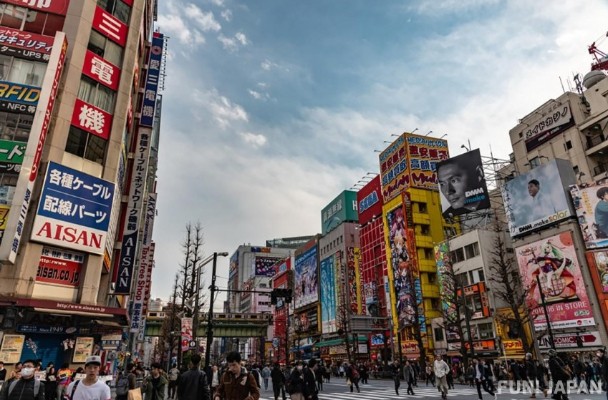
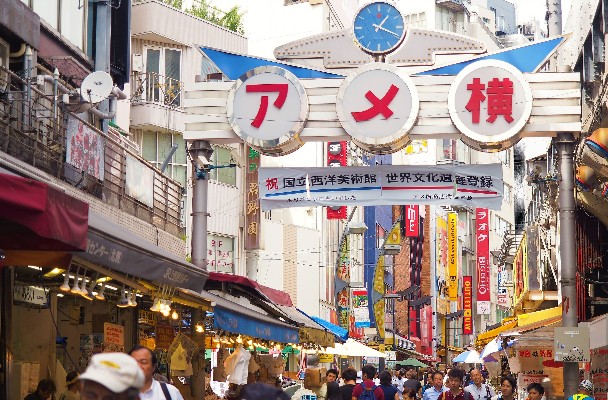


Comments